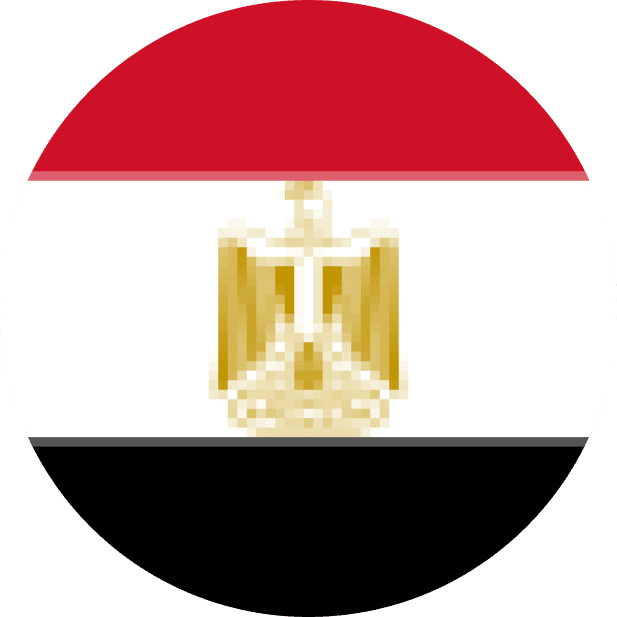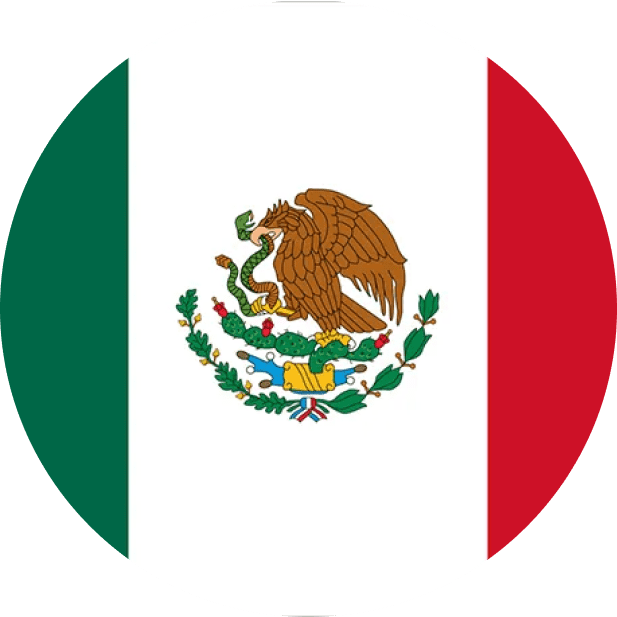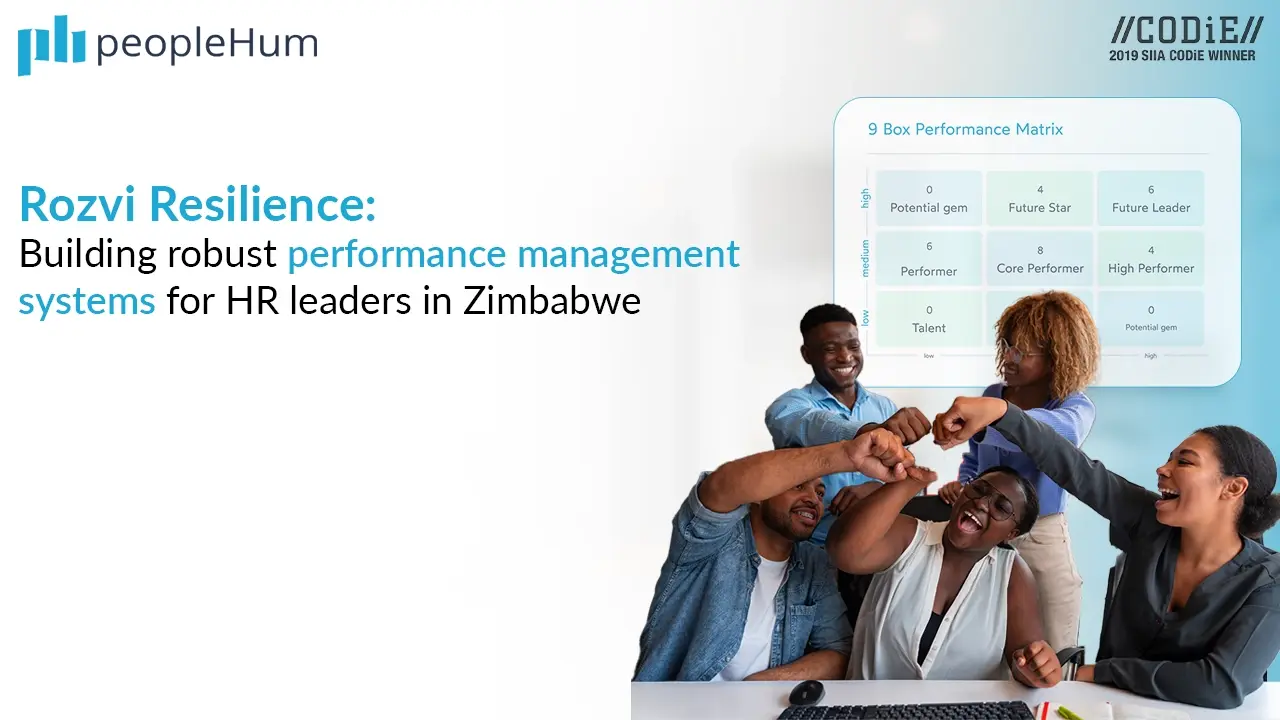It’s not uncommon for employees to be clueless about their end goal or have half knowledge about it. It is also commonplace for them to perceive objectives that are misaligned with those of the company’s. Organizations have a challenging time navigating their employees on the right route to achieve their goals throughout their professional life.
It is extremely important for employees to know why they are doing what they are doing. In order to give them some clarity on the impact of their micro-level roles on macro-level impact, organizations around the world are increasingly employing the OKR framework i.e. Objective and Key Results. Besides making 360 degree feedback questions and performance evaluation easier for managers, this method gives employees a purpose and meaning to work in the organization that synchronizes with the company’s greater vision.
So, if you're new to the idea, we're here to give you an introduction with our ultimate guide to objectives and key results(OKRS).
What is OKR framework methodology?
OKRs are a popular goal management framework that helps companies implement their business strategy for optimum results. By organizing employees and their respective tasks into common achievable objectives, OKRs act as a bridge between employee functioning and organizational goals. The OKRs allocated to each employee in the company are specific to his tasks, are aligned with his role, and are in the direction of personal and organizational success. It also has a high impact on both levels and is what drives the employee to be constantly motivated and ambitious.
Besides this, what really sets OKRs apart is its measurable aspect. By statistically tabulating an individual’s contributions to the overall objective, this technique permits managers to compare OKRs of different employees for a promotion, recognition or salary hike. A one-of-a-kind method, OKRs are easily understandable and intricately complex at the same time. The fact that it is time bound also teaches employees certain life-long soft and hard skills.
Of the components of OKR management, first comes the Objectives - which is a goal to be achieved in the future. This is the individual’s target for the stipulated span of time. Setting a clear objective gives the employee concerned some clarity on which direction he should tread to achieve the desired goals in the best, easiest and smoothest way possible.
The end objective is what motivates the employee to constantly do better and engage in healthy competition with himself and others in the organization. In other words, the objective of the business can be compared to the destination on a map. Second is the Key Result in measuring employees’ performance.
On an average, 5 key results are chosen, which would holistically measure the employee’s progress towards the objective. Key results are the deciding factors on where an employee stands in his endeavor to achieve the objective. It is a metric with a start value and a target value that consistently measures his distance from the destination. They are like signposts, which actually guide the employee how far he is on his route to excellence.
Apart from these two components illustrated in this guide to objectives and key results, Initiatives also form a huge part of OKRs. These are indicators that describe the work that is required to drive progress on the Key Results. In other words, if an Objective is your destination and a Key Result shows the distance to go, an Initiative describes your mode of transport. A combination of all three is what makes OKR best practices complete and helps achieve its goal of aligning, prioritizing, and communicating the company strategy to employees in an actionable and measurable way.
Further Reading: Top 6 mistakes managers make during 1-on-1 meetings
OKRs vs KPIs
One of the main dilemmas every employee has is the difference between an OKR and a KPI. Is there any particular difference? How come the two are so similar in function if a difference exists? Which is better among the two? Hold your horse because what you’re going to read next in this guide to OKRs will bring sheer clarity on whether setting a KPI is suitable for your company or an OKR!
The principle difference between Key Performance Indicators (KPIs) and Objectives and Key Results (OKRs) is the intention behind the goal setting. KPI goals are mostly obtainable and represent the output of a process or project being worked on while OKRs are goals that are more aggressive and ambitious. However, OKRs still need to be achievable. They can’t be an unrealistic goal that the organization is striving to accomplish idealistically. The idea behind the OKR best practices and strategy is that by crafting aggressive OKRs, you can push your team and yourself to perform that much better.
Both KPIs and OKRs have three elements i.e. goals, metrics and targets that aid functioning. Goals are the direction towards which the company aspires to go. Metrics help in monitoring employee performance and targets are the level of performance a company wants to achieve. Both techniques are inspiring, qualitatively measured, tabulate company growth and reviews performance. But which one is better among the two?
Also Read: The Modern Performance Management System Guide
Truth be told, when evaluating whether to use OKRs vs. KPIs, it's really up to you and what you're looking to measure. If you're looking to scale or improve upon a plan or project that's already been done, KPIs might be the better option. They're straightforward and allow you to add a measurement system to your ongoing projects.
However, if you have a larger vision or are looking to change your overall direction, OKRs might be the better alternative. They have greater depth that will allow you to stretch your goals further by being more creative on how you plan to reach those ambitious goals.
It is important to note that although both are goal-setting frameworks with the sole purpose of achieving organizational targets, they are not mutually exclusive. So, in what situation can the two co-exist?
Though the two tools may look identical and perform the same function, the biggest difference between them is OKR’s ability to work outside of isolation. It is important to be mindful of the fact that both techniques cannot be compared directly since they do not work on the same level. To an extent, it can be said that the two are inversely proportional e.g. a below-target KPI indicates that more focus and effort on OKRs are needed.
The latter is created to improve and address the shortcomings in the former. In other words, OKRs deals with the problem that gets reflected in KPIs.
Next up in our guide to OKRs: the three important elements of OKRs.
The 3 important elements of OKRs
1. Align to vision with clarity
The easiest way to do one hard thing is by breaking it into a number of small things. Visualize your defined objectives by drawing a value tree. In theory, this could appear at any level of the organizational structure, but will have a differing levels of detail. What’s critical is that everyone’s OKR’s aligns with the CEO’s objective, which is normally the vision and mission of the business. By doing it this way, we create enterprise alignment with vision.
2. Link to targeted results
Consider the outcome, the result. This is where a piece of paper doesn’t work. Results are another layer to your value tree, your result metrics needed to be an overlay of your objectives. It is the point of linkage that is important: it needs to answer the question “what is the quantifiable result of your objective”.
3. Measure, track & monitor
The measurement of delivery is almost always a scale between 0 and 1, or 0 to 100%. This sliding scale is subjective and can move forwards or backwards depending on the comfort level of the Owner and those closest to the deliverable. It should also be self aggregating so all OKR’s in flight rollup to higher level OKR’s and ultimately can be used to derive achievement towards vision. At each level of the OKR hierarchy you can have quantified results, or lead metrics, which achieve the key linkage between objectives and their corresponding results.
What are the benefits of OKR framework?
There are gazillions of advantages of employing OKRs in the workplace. This guide to okrs six broad-based positives of the technique:
1. Team alignment
Undoubtedly, the main goal of OKRs is to get the entire team on the same page. They help connect every employee's individual goals towards the company strategic mission. By collaborating and syncing with fellow workers, Objectives and key results help achieve company-wide goals. Based on the macro organizational objectives, each employee sets micro personal objectives to be accomplished. The OKR framework ensures that everyone is moving in the same direction. In other words, each individual does his/her bit in fitting pieces of the organizational puzzle together.
2. Flexibility
Unlike traditional long-term strategic planning, OKRs prefer shorter goal cycles, which allow teams to adjust and adapt to changes easily. The smooth transition between setting personal and team targets makes goal accomplishments a given. With Strategic OKRs that are set for one year and tactical OKRs for a quarter, teams can choose to adopt their preferable OKR for achieving the goal. By constantly analyzing OKR results and adjusting future cycles, organizations big and small would be adept at facing a crisis with utmost resilience!
3. Focus team
A reduced number of Objectives and Key Results to meet allows each employee to focus on what really matters. With the recommended objective for each team being between 2-4, focusing on the important would ameliorate individual employees’ skills like time management and prioritizing one over another by being fully immersed in one activity. The extent of falling prey to other distractions would also reduce drastically.
4. Autonomy and accountability
OKRs are a bottom-up goal-setting framework that allows companies to leverage their frontline experts to be the best decision-makers to tackle a problem and make improvements. Since top management barely knows about issues on the frontline, it gives individual employees a voice to set realistic goals by taking into account their personal circumstances in achieving a particular objective. According to statistics, at least 60% of OKRs are set by team members themselves, not by their managers. With such an approach everyone not only has a great deal of autonomy at work but also has personal accountability for their objectives and are more motivated to achieve them.
Also read : How OKRs & goals ramp up employee motivation
5. Achieving beyond expected
The OKR framework is structured in a way to help teams think out of the box. Moonshot Objectives encourage employees to think beyond the threshold of what seems possible and find creative and innovative solutions to achieve the desired results. This however comes with certain terms and conditions e.g. the company should be mature and experienced enough to understand and accept half-delivered results and not get upset. Also, employees should not be disheartened should they be unable to reach their goals all the time!
6. Increased communication
The OKR framework bring transparency to your company as everyone can see what others are working on. This in turn drives more collaboration between co-workers. Not only are all the goals displayed in the real-time dashboard but these are accessible to employees of all levels at the touch of a button, even during performance reviews for remote employees. This helps foster clear communication, helps managers be empathetic to employees’ needs and encourages employees to greatly contribute to achieving a desired goal.
What is the 4-step guide to objectives and key results?

The big question that remains is - what are some tips for writing good OKRs? Again, there are various ways this can be achieved. One easily-implementable way is a four-step procedure that can widely be adopted and that encompasses both the individual and the organization’s progress. Are you ready to embark on the guide to objectives and key results? Let's go!
1. Choose a tool
The first to-do is to use a finely crafted OKR software that eases your functioning. Human Capital Management platforms like peopleHum oftentimes are stocked with state-of-the-art elements of a performance management software that make organizing, managing and assessing team performance enjoyable, like never before. The tool you choose will make a huge difference in how your company progresses with the help of OKRs.
2. Organize Objectives and Key Results
The next step in our guide to objectives and key results is organising them. This can be done on a weekly, monthly, quarterly or yearly basis or with respect to goals. The following are some ways that OKRs can be organized. However, each can be put to use exclusively or an amalgamation of all three types can be used at different levels of the organization.
a. Set Company OKRs
These OKRs are set up on an organizational-wide level. It could include a particular individual’s role in terms of the development of the business as a whole.
b. Set Team OKRs
A closer filter would get the individual to interact on a team level and deliver results with adequate collaboration and participation.
c. Set Individual OKRs
Lastly, the only one the employee’s conscience is accountable to is himself. On a deeper, personal level, these targets push him to do more professionally that would ultimately benefit him on the personal front.
3. Edit and improve OKRs on all levels constantly
Setting and designating OKRs isn’t enough to achieve the goal of continuous goal achievement. It is a constant, on-going process that needs to be relooked, revamped accordingly and improved on all levels for getting people to deliver optimum results. More than a one-time phenomenon, it is something that demands attention in the form of changes and consistent editing.
4. Evaluating OKRs
The final step in this guide to objectives and key results is to assess and conclude if the OKRs have been met or not. In case an employee is half-way there, efforts can be channelized in areas where goal-setting needs to be made more realistic, more push and motivation needs to be given to employees, etc. This is where teams determine if an employee has performed to the desired level or not.
Conclusion
This ultimate guide to objectives and key results(OKRS) is just the tip of the iceberg. It is a power-packed performance measurement technique, and there is more to the it than meets the eye.
Check out our blog on: 9 step checklist for choosing a Performance Management System
Want to see your OKRs in action? Book a free demo with us - we would be delighted to give you a walkthrough of our award-winning OKR management solution.



































.webp)














